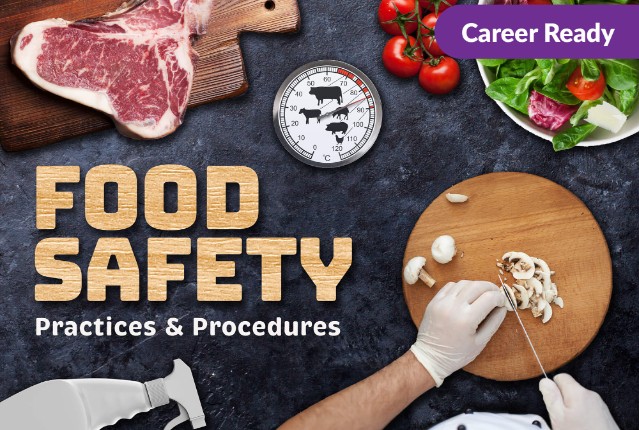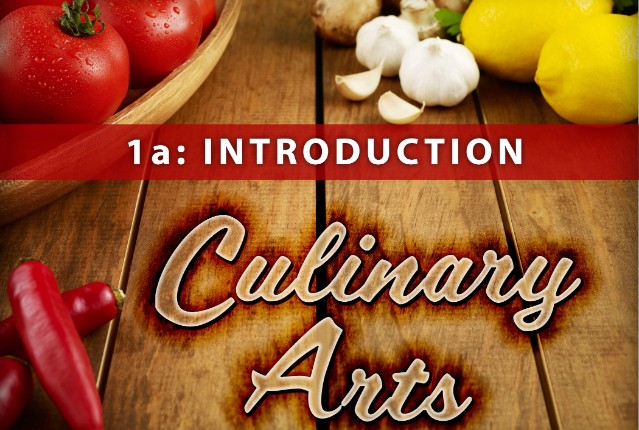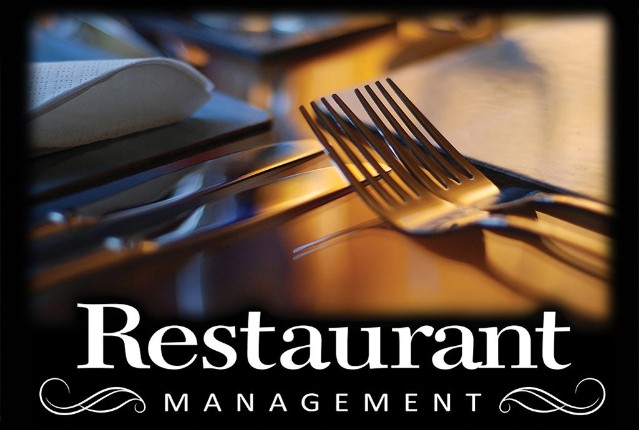
Food Safety: Practices & Procedures
Do you dream of working in the food industry, dazzling guests’ tastebuds with delectable dishes? Before you can deliver on your dreams, you first must know how to keep guests safe. In this course, you’ll learn the ins and outs of the food industry, food preparation safety, and keeping workspaces and surfaces clean to prevent foodborne illness. You’ll explore understanding and preventing pathogens from spreading to food and setting up a foodservice facility to maintain compliance. You’ll also learn about the wide variety of job options and titles within the food industry. Let’s get ready to learn the important safety measures that lead to your culinary dreams!
Review course outlineAccess for a year
USD 299.00*
* Choose more courses to get a discount




